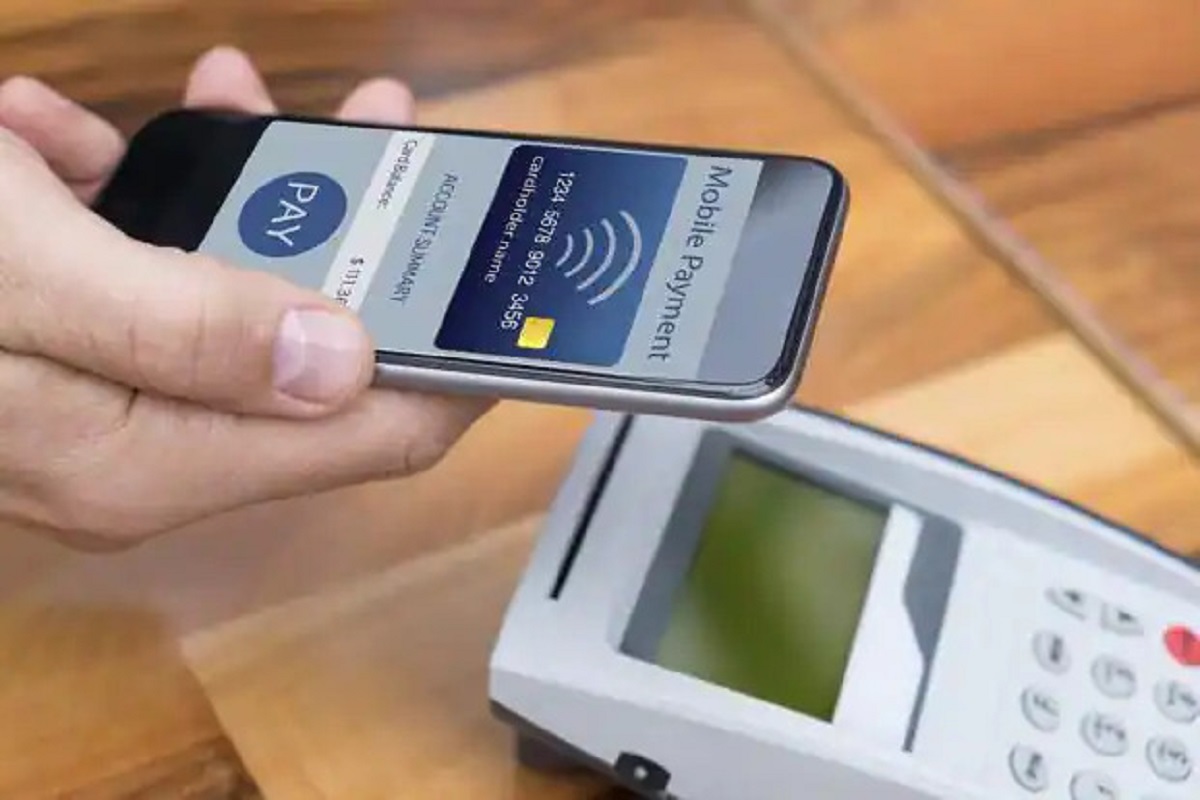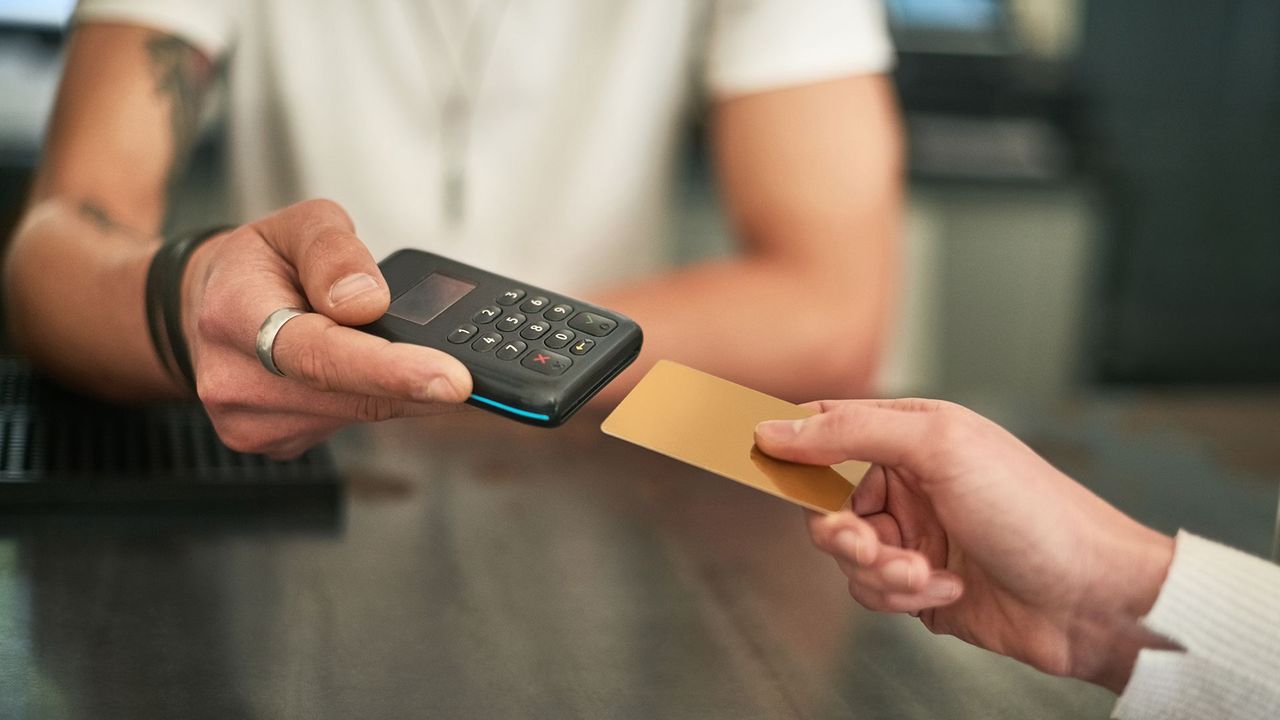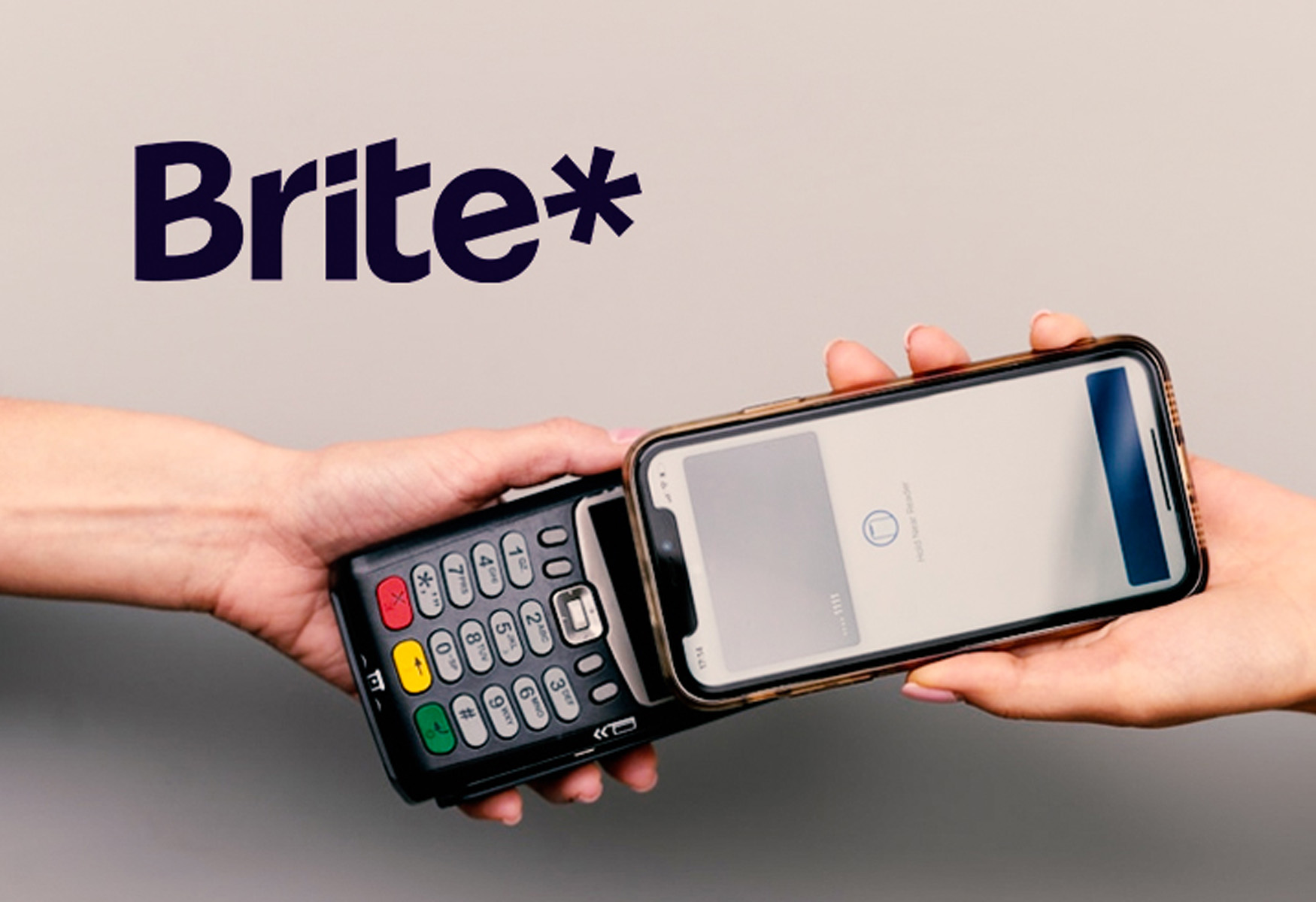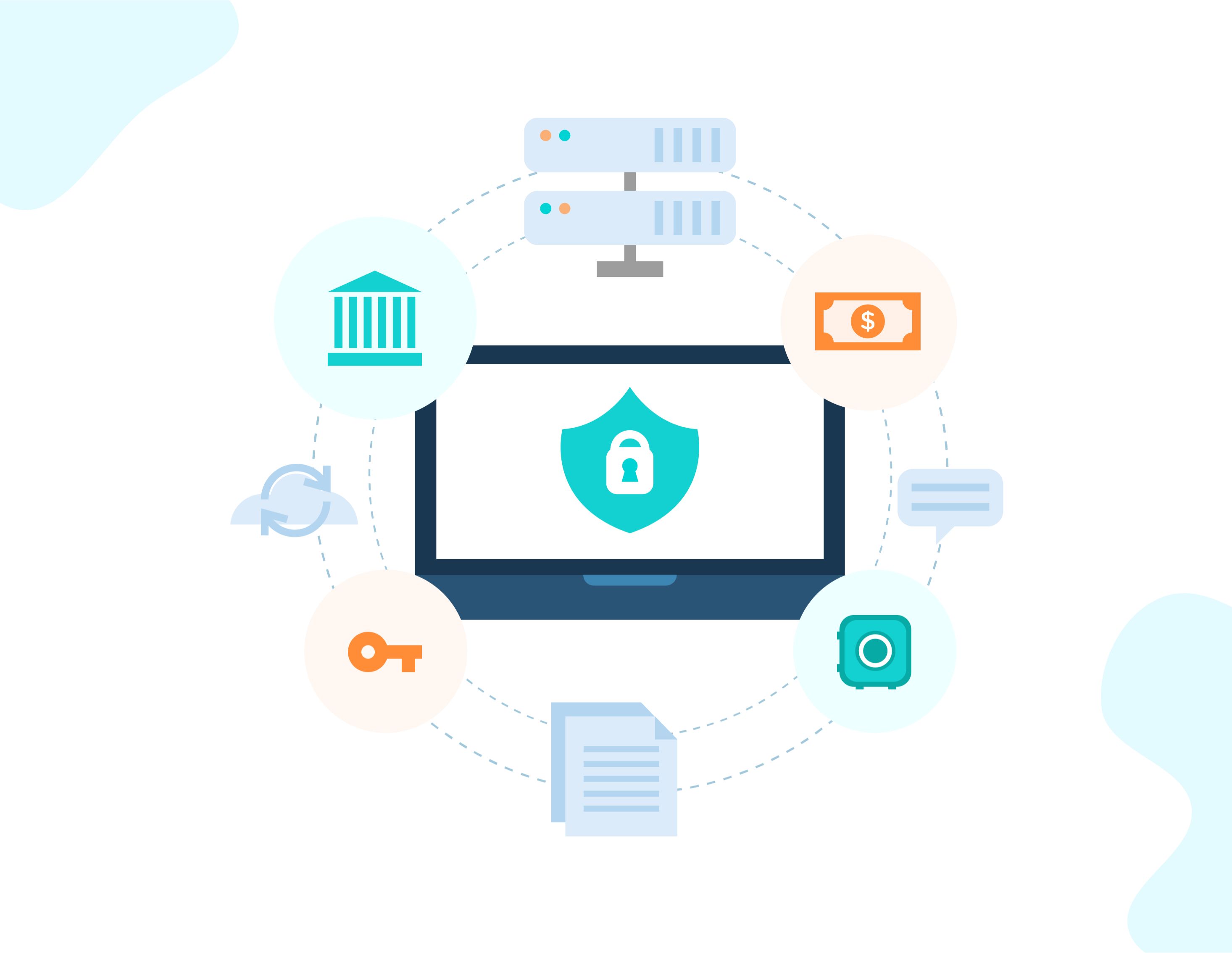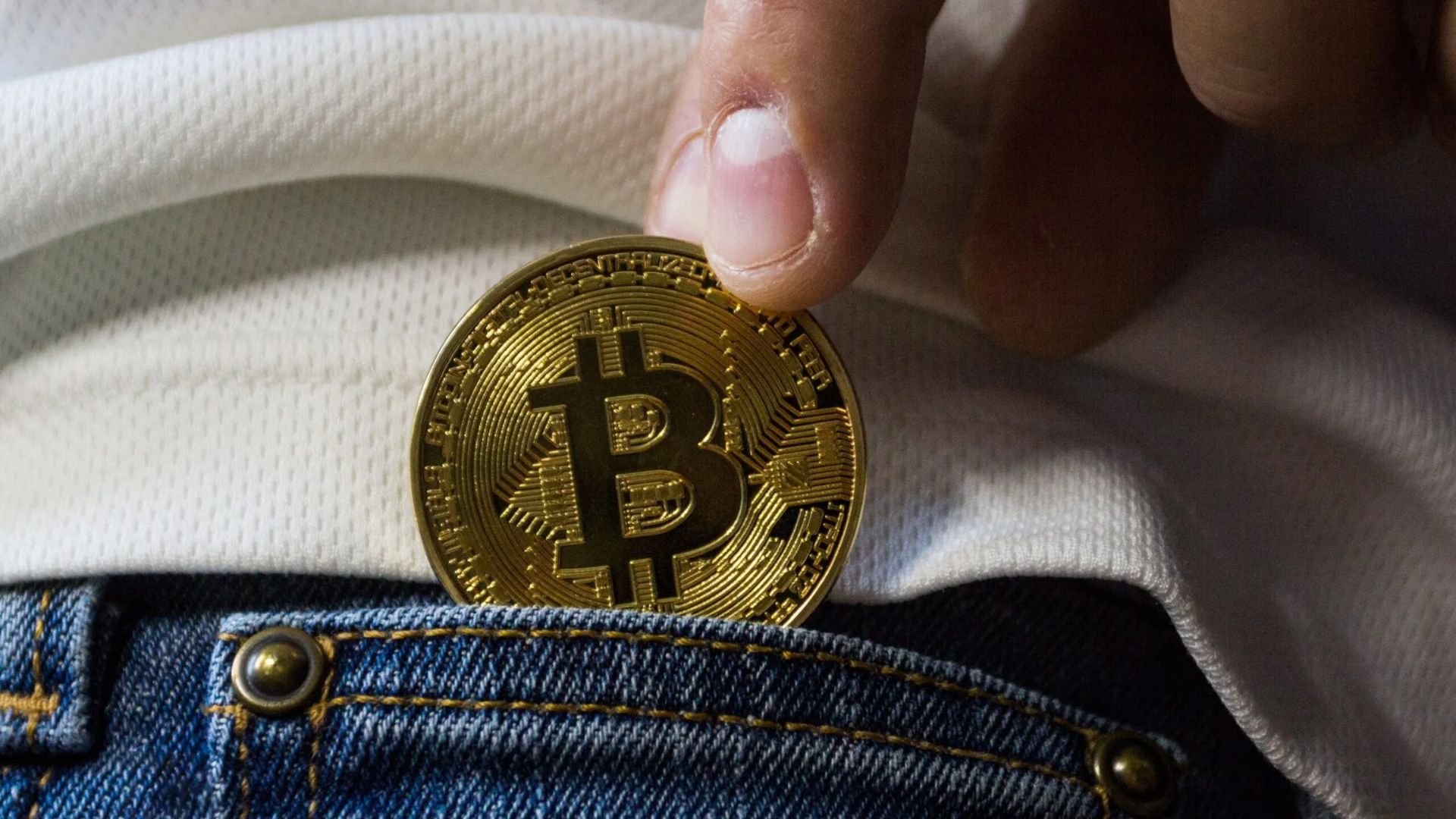Introduction
Welcome to the digital age, where electronic wallets or e-wallets have become an increasingly popular method of conducting financial transactions. With the convenience and ease they offer, it is no wonder that more and more people are embracing this digital payment solution. However, like any technology, e-wallets are not exempt from issues and problems that may arise during their usage.
Whether it’s a defective e-wallet product or service, fraudulent transactions, unauthorized actions, delayed or failed transactions, issues with refunds or reversals, or problems with customer service, it’s important to know where to turn when you encounter such challenges. Fortunately, in India, there are channels available for consumers to raise their concerns and seek resolution.
In this article, we will explore the appropriate avenues to lodge complaints for various e-wallet-related issues. We will cover a range of common grievances that consumers may encounter and provide guidance on where and how to file a complaint. By being aware of these options, you can ensure that your concerns are addressed and resolved in a timely and efficient manner.
It is important to note that while these channels exist to protect consumers, it is also crucial to maintain a proactive approach in safeguarding your personal information and exercising caution when using e-wallets. Always adhere to best practices, such as regularly updating passwords, enabling two-factor authentication, and carefully reviewing transaction details before authorizing them.
Now, let’s delve into the specific categories of e-wallet issues and the appropriate channels for raising complaints.
Complaints Regarding Defective E-wallet Products or Services
One of the most common issues users may face with e-wallets is encountering defects or problems with the products or services offered. This could include app crashes, transaction failures, errors in loading funds, or any other technical glitches that hinder the smooth functioning of the e-wallet platform.
If you come across such issues, the first step is to reach out to the customer support team of the e-wallet service provider. Most e-wallet companies have dedicated customer service channels, including phone support, email support, and live chat options. Contacting them enables you to explain the problem you are experiencing and seek assistance in resolving it.
Before contacting customer support, it is helpful to gather relevant information about the issue, such as error messages, transaction details, or screenshots of any error screens. Providing these details can assist the customer support team in understanding the problem more effectively and speeding up the resolution process.
If you are unable to resolve the issue through regular customer support channels, you can escalate your complaint to higher levels within the e-wallet company. Look for options like an escalation email address or a dedicated grievance cell contact point. These avenues are typically designed to handle complex or unresolved complaints and provide a higher level of support and intervention.
Additionally, it’s advisable to document all correspondence with the e-wallet company, including dates and times of communications, names of customer support representatives spoken to, and any reference numbers provided. This documentation may be useful if you need to file a complaint with regulatory bodies or consumer forums in case the issue remains unresolved.
In summary, when facing issues related to defective e-wallet products or services:
- Contact the e-wallet’s customer support team and provide necessary details about the problem.
- Keep a record of all communication and relevant information related to the complaint.
- If the issue is not resolved, escalate the complaint to higher levels within the e-wallet company.
- Consider filing a complaint with relevant regulatory bodies or consumer forums if necessary.
By following these steps, you increase the chances of obtaining a satisfactory resolution to your complaint and ensuring a better user experience with your e-wallet.
E-wallet Fraud Complaints
E-wallet fraud is a serious concern in the digital era, and unfortunately, some users may fall victim to fraudulent activities. Common forms of e-wallet fraud include unauthorized transactions, phishing attempts, identity theft, or account hacking. If you suspect any fraudulent activity on your e-wallet account, it is crucial to take immediate action to protect your financial information.
The first step is to contact the customer support team of your e-wallet service provider. Report the fraudulent activity and provide them with all the necessary details, such as transaction records, timestamps, and any evidence of unauthorized access to your account.
The e-wallet company will generally investigate the matter and may take steps to secure your account, freeze any fraudulent transactions, and initiate the process for a refund if applicable. In situations involving criminal activities, they may also work with law enforcement authorities to apprehend the fraudsters.
It is vital to act swiftly when dealing with e-wallet fraud complaints. Notify your bank or credit card provider if you have linked your e-wallet to these accounts, as they can assist in preventing further fraudulent transactions and provide guidance on additional measures to safeguard your finances.
In the event that your e-wallet service provider is unresponsive or does not address the issue satisfactorily, you can escalate the complaint to the Reserve Bank of India (RBI) or the appropriate regulating authority. The RBI has a dedicated grievance redressal mechanism where you can file a complaint online or through mail.
Remember to maintain a record of all communication with the e-wallet company, as well as any related correspondence with other parties, such as banks or regulatory bodies. This documentation will serve as evidence should you need to escalate the complaint further or pursue legal action.
To summarize, when dealing with e-wallet fraud complaints:
- Contact the e-wallet customer support immediately and provide all relevant details and evidence of fraudulent activity.
- Notify your bank or credit card provider if necessary, to prevent further unauthorized transactions.
- If the e-wallet company does not address the issue satisfactorily, file a complaint with the RBI or the appropriate regulating authority.
- Maintain a record of all communication and documentation related to the complaint.
By taking swift action and utilizing the available complaint channels, you can minimize the impact of e-wallet fraud and work towards finding a resolution to the issue.
Complaints Against Unauthorized Transactions
One of the major concerns for e-wallet users is unauthorized transactions on their accounts. Whether it’s a case of stolen credentials, account hacking, or any other form of unauthorized access, it is important to take immediate action to protect your funds and report the incident.
If you notice any unauthorized transactions on your e-wallet account, the first step is to contact the customer support team of your e-wallet service provider. Inform them about the unauthorized activity, provide details of the transactions, and request immediate action to secure your account.
The e-wallet company will investigate the matter and take steps to freeze any further unauthorized transactions. They may also initiate a refund if applicable, depending on the circumstances. It is important to cooperate with their investigation by providing any necessary information or evidence they may require.
If the e-wallet company is unresponsive or fails to address the issue adequately, you can escalate the complaint to the appropriate regulatory authorities such as the RBI or the relevant consumer forums. They have established grievance redressal mechanisms where you can file a complaint and seek further assistance.
While handling unauthorized transaction complaints, it is essential to maintain a record of all communication with the e-wallet company, including details of the unauthorized transactions, any evidence of unauthorized access to your account, and all relevant correspondence with regulatory bodies.
Additionally, take proactive measures to protect your account by updating your passwords regularly, enabling two-factor authentication if available, and staying vigilant for phishing attempts or suspicious activities. It is crucial to be proactive in maintaining the security of your e-wallet account.
In summary, when facing unauthorized transaction complaints:
- Contact the e-wallet customer support immediately and provide details of the unauthorized transactions.
- Cooperate with the investigation and provide any necessary information or evidence.
- If the e-wallet company fails to resolve the issue, escalate the complaint to the appropriate regulatory authorities.
- Maintain a record of all communication and relevant documentation.
By promptly reporting and addressing unauthorized transactions, you can safeguard your finances and work towards resolving the issue effectively.
Complaints Regarding Delayed or Failed Transactions
One of the frustrating issues that users may encounter with e-wallets is delayed or failed transactions. Whether it’s a slow processing time, transaction errors, or non-completion of a transaction, such issues can cause inconvenience and anxiety. If you experience delayed or failed transactions with your e-wallet, it’s important to address the concern promptly.
The first step in resolving such complaints is to contact the customer support team of your e-wallet service provider. Inform them about the delayed or failed transactions, provide the necessary transaction details, and seek assistance in rectifying the issue.
The customer support team will typically investigate the matter and work towards resolving it. They may provide insights into the cause of the delay or failure, initiate a refund if applicable, or guide you on any necessary steps to complete the transaction successfully.
If your complaint remains unresolved or if the e-wallet company’s response is unsatisfactory, you can escalate the matter to higher authorities. The Reserve Bank of India (RBI) has a dedicated grievance redressal mechanism where you can lodge a complaint. Additionally, you can explore consumer forums or other regulatory bodies that oversee e-wallet transactions.
While dealing with complaints pertaining to delayed or failed transactions, it’s important to maintain a record of all communication with the e-wallet company, including details such as transaction IDs, dates, times, and any relevant screenshots or error messages. This documentation will serve as evidence and can be helpful in escalating the complaint if needed.
Furthermore, as a precautionary measure, double-check all transaction details before initiating a transaction to minimize the risk of errors or delays. Ensure that you have a stable and reliable internet connection, which can contribute to smoother and more efficient transaction processing.
To summarize, when faced with delayed or failed transaction complaints:
- Contact the e-wallet customer support and provide all necessary transaction details.
- Follow up on their response and cooperate in their investigation.
- If the e-wallet company’s resolution is unsatisfactory, escalate the complaint to higher authorities.
- Maintain a record of all communication and relevant documentation.
By taking proactive steps and utilizing the appropriate complaint channels, you enhance the chances of resolving delayed or failed transaction issues with your e-wallet efficiently and effectively.
Grievances Related to Refunds or Reversals
Refunds and reversals are common concerns that users may have when it comes to e-wallet transactions. Whether it’s a request for a refund due to a canceled transaction, an incorrect deduction, or a need to reverse a transaction, it’s important to address these grievances effectively.
If you have a grievance related to refunds or reversals, start by contacting the customer support team of your e-wallet service provider. Explain the issue clearly, providing all relevant transaction details and supporting evidence for your claim.
The customer support team will investigate the matter and assess the validity of your request. In cases where a refund is due, the e-wallet company will typically process the refund according to their refund policy and timeline.
If you are unable to resolve the issue through regular customer support channels, you may need to escalate the complaint to higher levels within the e-wallet company. Look for specific escalation contacts or a dedicated grievance cell to seek a resolution.
If your refund or reversal grievance remains unresolved or if you are unsatisfied with the response from the e-wallet company, you can file a complaint with the Reserve Bank of India (RBI) or the appropriate regulatory authority. These bodies have established grievance redressal mechanisms to handle such complaints.
While dealing with refund or reversal grievances, it is important to maintain a record of all communication with the e-wallet company, including details of your refund or reversal request, any reference numbers provided, and any other relevant documentation.
Additionally, familiarize yourself with the refund policy and terms and conditions of your e-wallet service provider. Understanding the procedures for refunds and reversals can help you navigate the process more effectively and ensure a smoother resolution to your grievance.
To summarize, when addressing grievances related to refunds or reversals:
- Contact the e-wallet customer support team and provide all relevant transaction details and evidence.
- Cooperate with their investigation and follow their refund or reversal procedures.
- If necessary, escalate the complaint to higher levels within the e-wallet company.
- If the issue remains unresolved, file a complaint with the RBI or the appropriate regulatory authority.
- Maintain a record of all communication and relevant documentation.
By following these steps and utilizing the appropriate complaint channels, you increase the chances of obtaining a satisfactory resolution to your refund or reversal grievance with your e-wallet.
Complaints Against E-wallet Service Providers’ Customer Service
Effective customer service is crucial for a positive user experience with e-wallet service providers. However, there may be instances where users encounter issues or problems in their interactions with customer service representatives. If you have a complaint against the customer service of your e-wallet service provider, it is important to address the matter to seek resolution.
The first step is to contact the customer service department of the e-wallet company. Clearly communicate your complaint, providing specific details about the incident, such as dates, times, names of representatives, or any relevant reference numbers. Explain the issue you encountered and the reasons for your dissatisfaction.
The customer service team will typically investigate the matter and work towards resolving the complaint. They may provide an explanation, apologize for any inconvenience caused, and take appropriate action to rectify the situation.
If you do not receive a satisfactory response or if your complaint remains unresolved, you can escalate the matter within the e-wallet company. Look for escalation contacts or higher-level representatives who can address your concerns more effectively.
In some cases, e-wallet companies may have a dedicated grievance redressal mechanism or a separate department to handle escalated complaints. Utilize these channels to ensure your complaint receives the attention it deserves.
If your complaint against the customer service of the e-wallet company remains unresolved, you can explore external options. This may involve filing a complaint with consumer forums or reporting the matter to regulatory bodies that oversee e-wallet service providers.
It is important to maintain a record of all communication with the e-wallet company’s customer service, including dates, times, and details of conversations or actions taken. This documentation can be useful if you need to escalate the complaint further or seek assistance from external entities.
In summary, when dealing with complaints against e-wallet service providers’ customer service:
- Contact the customer service department and clearly communicate your complaint with specific details.
- Cooperate with their investigation and provide any additional information they may require.
- If necessary, escalate the complaint within the e-wallet company and explore dedicated grievance channels.
- If the issue remains unresolved, consider filing a complaint with consumer forums or relevant regulatory bodies.
- Maintain a record of all communication and relevant documentation.
By taking these steps and utilizing the appropriate channels, you increase the chances of obtaining a resolution to your complaint and ensuring better customer service experiences with your e-wallet provider.
Complaints about Security Breaches or Data Leakage
Security breaches and data leakage are serious concerns in the digital landscape, and users of e-wallets may encounter such issues. In the event that you suspect a security breach or data leakage related to your e-wallet account, it is vital to take immediate action to protect your personal and financial information.
If you believe that your e-wallet account has been compromised or that your data has been leaked, the first step is to contact the customer support team of your e-wallet service provider. Inform them about your suspicions and provide any evidence or specific details that support your claim.
The customer support team will typically conduct an investigation to verify the validity of your complaint. They will assess the situation, take necessary steps to secure your account, and implement measures to prevent further unauthorized access or data breaches.
It is important to follow any instructions provided by the customer support team to protect your account. This may include resetting your password, enabling additional security measures, or reviewing and updating your account settings.
If your complaint regarding a security breach or data leakage is not resolved to your satisfaction or if you feel that the response from the e-wallet company is inadequate, you should consider reaching out to relevant regulatory authorities or consumer forums. These bodies can guide you on additional steps and provide assistance in resolving the issue.
Alongside reporting the complaint, it is important to maintain a record of all communication with the e-wallet company, including dates, times, and details of conversations or actions taken. Additionally, keep any evidence or documentation related to the suspected security breach or data leakage, as these may be necessary if further action needs to be taken.
To summarize, when dealing with complaints about security breaches or data leakage:
- Contact the e-wallet customer support team and provide specific details regarding your suspicion.
- Cooperate with their investigation and follow any instructions to secure your account.
- If the response from the e-wallet company is unsatisfactory, reach out to relevant regulatory authorities or consumer forums for assistance.
- Maintain a record of all communication and relevant documentation.
By taking prompt action and utilizing the available complaint channels, you can protect your personal information and work towards resolving issues related to security breaches or data leakage with your e-wallet service provider.
Complaints against Non-Cooperation from E-wallet Companies
Dealing with non-cooperation from e-wallet companies can be frustrating for users who require assistance or resolution for their issues. If you find yourself facing non-cooperation from an e-wallet company, it’s important to take appropriate steps to address the problem effectively.
If you encounter non-cooperation from the customer support team or other representatives of the e-wallet company, the first course of action is to clearly express your concerns to them. Explain the issue you are facing and express your disappointment with their level of cooperation.
During your interaction, make sure to communicate your expectations and the specific assistance or resolution you require. It can be helpful to refer to the terms and conditions or policies of the e-wallet company to support your standpoint if relevant.
If your concerns are not addressed or resolved through regular communication channels, consider escalating the complaint to higher levels within the e-wallet company. Look for contacts or processes specifically designated to handle complaints and non-cooperation issues.
Document all communication you have with the e-wallet company, including dates, times, names of representatives, and any relevant details. These records will be essential if you need to escalate the complaint further or seek external assistance.
If you find that your complaint remains unresolved despite your efforts, you can explore other options. Consider reaching out to consumer forums or regulatory bodies that oversee e-wallet companies. These entities can provide guidance and intervene if necessary to resolve the non-cooperation issue.
When dealing with complaints against non-cooperation from e-wallet companies, it is crucial to remain calm and composed in your communication. Clearly state your grievances, remain professional, and maintain a respectful tone throughout the process.
To summarize, when faced with complaints against non-cooperation from e-wallet companies:
- Clearly express your concerns and disappointment with the level of cooperation to the e-wallet company.
- Communicate your expectations and the specific assistance or resolution you require.
- If necessary, escalate the complaint to higher levels within the e-wallet company using designated contacts or processes.
- Document all communication and maintain a record of relevant details.
- If the issue remains unresolved, seek assistance from consumer forums or regulatory bodies.
By following these steps and utilizing the available channels, you increase the chances of obtaining a satisfactory resolution to your complaint and addressing the issue of non-cooperation from the e-wallet company.
Issues with KYC or Aadhaar Linking for E-wallets
KYC (Know Your Customer) verification and Aadhaar linking are important requirements when using e-wallets in India. However, users may encounter various issues or challenges during the KYC process or while linking their Aadhaar details to their e-wallet accounts. If you are facing such issues, it’s crucial to address them appropriately.
If you encounter problems with the KYC verification process or Aadhaar linking, the first step is to contact the customer support team of your e-wallet service provider. Clearly explain the issue you are facing, whether it’s difficulty in completing the KYC process, errors in Aadhaar linkage, or any other related problems.
The e-wallet company’s customer support team should be able to provide guidance on the specific requirements, procedures, and documents needed for the KYC process or Aadhaar linkage. They can assist you in resolving any issues, clarifying any doubts, or rectifying any errors that may have occurred.
In situations where the customer support team is unable to resolve the issue or if you are facing non-cooperation, it may be necessary to escalate the complaint to higher levels within the e-wallet company. Look for designated contacts or processes to handle KYC or Aadhaar linkage-related issues.
Keep records of all communication with the e-wallet company, including dates, times, and details of conversations or actions taken. This documentation will be beneficial if you need to escalate the complaint further or seek assistance from external entities.
If the problem persists or if your complaint remains unresolved, you can consider reaching out to the Reserve Bank of India (RBI) or other relevant regulatory authorities for further guidance or intervention. These bodies have established grievance redressal mechanisms to assist users with KYC or Aadhaar-related issues.
While addressing issues with KYC or Aadhaar linkage for e-wallets, it is important to ensure that you provide accurate and authentic information. Follow the guidelines and requirements provided by the e-wallet company and regulatory authorities to ensure compliance and a smooth process.
To summarize, when dealing with issues regarding KYC or Aadhaar linking for e-wallets:
- Contact the e-wallet customer support team and clearly explain the issue you are facing.
- Cooperate with their guidance and provide any necessary information or documents.
- If necessary, escalate the complaint within the e-wallet company using designated contacts or processes.
- Maintain records of all communication and relevant documentation.
- If the issue remains unresolved, seek assistance from the RBI or other regulatory authorities.
By following these steps and utilizing the appropriate complaint channels, you increase the chances of resolving issues related to KYC or Aadhaar linkage for your e-wallet and ensuring a smooth and compliant user experience.
E-wallet Transaction Disputes with Merchants
As a user of e-wallets, you may encounter transaction disputes with merchants. These disputes could arise due to various reasons, such as incorrect billing, non-delivery of goods or services, defective products, or disputes over refunds. If you find yourself in a transaction dispute with a merchant, it is important to address the issue promptly and effectively.
The first step in resolving a transaction dispute with a merchant is to contact their customer support or service department directly. Explain the issue you are facing and provide relevant details, such as the transaction date, time, amount, and any supporting evidence, such as receipts or screenshots.
Communicate your concerns clearly and concisely, stating the desired outcome or resolution you expect from the merchant. Be prepared to provide any additional information or documentation requested by the merchant’s customer support team during their investigation process.
Allow the merchant a reasonable amount of time to respond and address your dispute. In many cases, merchants are willing to work with customers to resolve such issues, as customer satisfaction is important to their business.
If your dispute is not adequately resolved or if the merchant’s response is unsatisfactory, you may need to explore other options for resolution. This could include contacting the e-wallet company to report the dispute and seek their assistance or escalating the complaint to relevant consumer forums or regulatory bodies that oversee such transactions.
While dealing with transaction disputes with merchants, it is crucial to maintain a record of all communication with the merchant, including dates, times, names of representatives, and details of conversations or actions taken. This documentation will be useful if you need to escalate the complaint further or if you require evidence in the event of legal action.
Additionally, reviewing the terms and conditions or refund policies of the merchant beforehand can provide you with a better understanding of your rights as a consumer and the steps to follow in case of transaction disputes.
To summarize, when dealing with e-wallet transaction disputes with merchants:
- Contact the merchant’s customer support and clearly explain the issue, providing relevant details and supporting evidence.
- Allow the merchant a reasonable amount of time to respond and address the dispute.
- If the dispute remains unresolved, report the issue to your e-wallet company for assistance.
- If necessary, escalate the complaint to consumer forums or regulatory bodies.
- Maintain a record of all communication and relevant documentation.
By following these steps and utilizing the appropriate channels, you increase the chances of obtaining a satisfactory resolution to your e-wallet transaction dispute with the merchant and ensuring fair and transparent transactions.
Conclusion
Dealing with e-wallet-related issues can be frustrating, but knowing where to turn for assistance can make all the difference in resolving problems effectively. In this article, we have explored various types of complaints that individuals may encounter with their e-wallets and provided guidance on how to address them.
From complaints regarding defective e-wallet products or services to issues with security breaches, non-cooperation from e-wallet companies, and transaction disputes with merchants, understanding the appropriate channels for complaint resolution is crucial.
Remember to always start by contacting the customer support team of your e-wallet service provider, as they are usually the first point of contact for addressing complaints. Clearly communicate your concerns, provide specific details, and cooperate with their investigation.
If your complaint remains unresolved or if you are unsatisfied with the response, don’t hesitate to escalate the matter within the e-wallet company. Look for designated contacts or processes to handle such issues and provide a higher level of support and intervention.
In cases where internal avenues are exhausted, you can seek external assistance by filing complaints with regulatory bodies, consumer forums, or even reaching out to the RBI. These entities have established grievance redressal mechanisms to address e-wallet-related complaints.
Throughout the process, it is vital to maintain thorough documentation of all communication and relevant details. This documentation can be useful if you need to escalate the complaint, seek legal action, or refer to evidence in the future.
While e-wallets offer convenience and ease, it is important to remain vigilant and proactive in safeguarding your personal information. Follow best practices, stay updated on security measures, and exercise caution when conducting transactions online.
By utilizing the appropriate complaint channels and staying informed, you can navigate e-wallet-related issues more effectively and ensure a safer and more satisfactory experience with your chosen e-wallet service provider.







